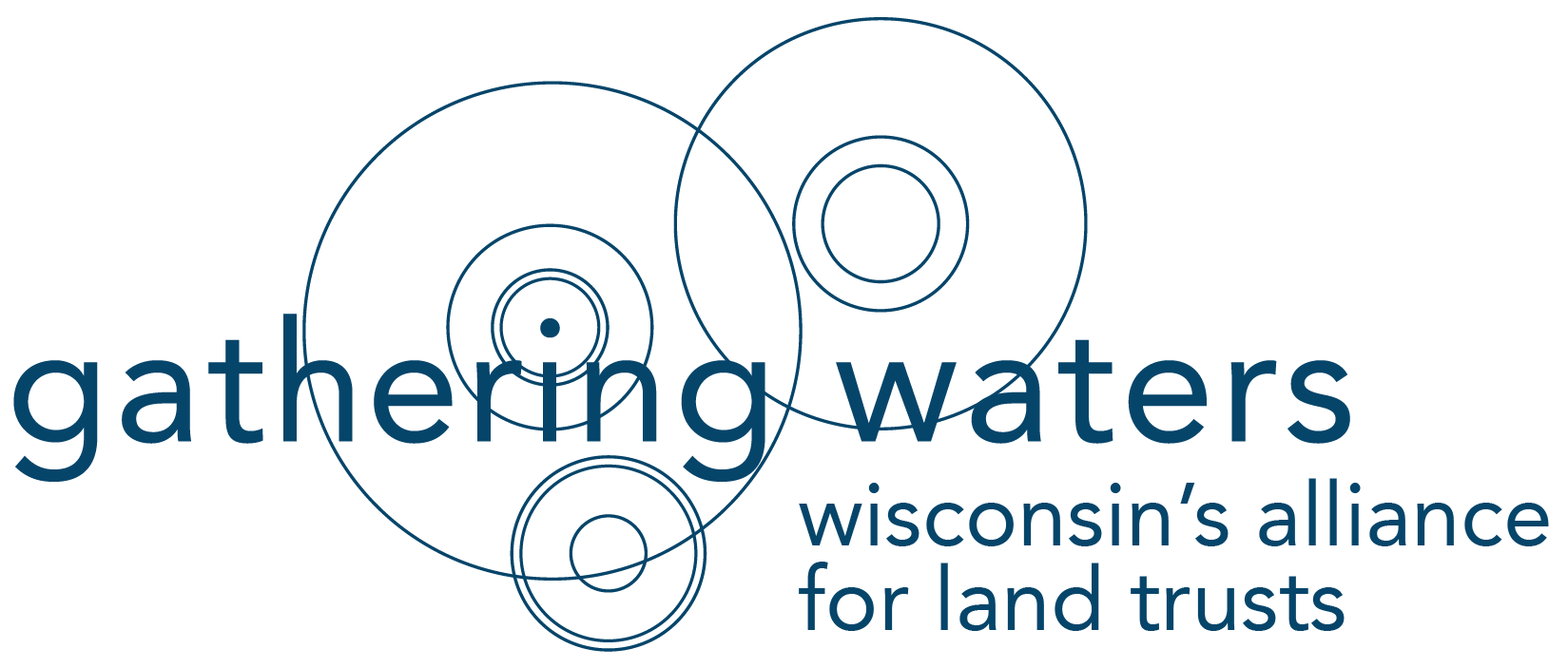Glossary of Conservation Terms
Environmental & Conservation Terms
The terms you will find below are commonly used on our website and the websites of land trusts and other land conservation organizations.
These are general terms that can be used to describe various aspects of the environment or conservation. However, this glossary focuses on how these terms may be used in the context of land trusts, conservation easements, and other forms of private land protection.
Thanks to researchers at UW-Stevens Point and UW Extension for their work on this glossary.
Download a printable PDF of this conservation glossary here.
Land Trusts
Land trusts are private, non-governmental, non-profit organizations that work to protect and enhance land and natural resources, including working lands. They do this through conservation and stewardship projects, and also through outreach and education of private landowners. There are many land trusts that work throughout Wisconsin. Some serve multiple counties, while others focus on a particular watershed or habitat type.

Watershed
A watershed is a natural boundary that describes the area where water drains from the landscape to a particular watercourse or body of water, like a river or lake. The limits of a watershed are determined by the highest elevations surrounding the watercourse or body of water. A “watershed approach” to conservation is one that focuses conservation resources within a particular watershed, and may disregard the geopolitical boundaries of towns, counties, states, or even countries. Land trusts often work at the landscape level to protect and improve natural systems that influence one another but reside in different political jurisdictions.

Ecosystem
An ecosystem is all living and non-living elements interacting within a given area. For example, animals, plants, water, and soil all interact with one another and depend on each other for survival within a given ecosystem. These interactions are unique to each ecosystem and are different within a wetland, prairie, or forest ecosystem. A land trust may be interested in protecting a property because of the type of ecosystem that resides within its boundaries. Explore the map below to see the common and endangered ecosystems near you.
Ecosystem Services
Ecosystem services are the benefits that ecosystems provide human beings. These benefits range from the timber sales from a forest, to climate-change mitigation, to the joy and health benefits someone receives when hiking in a natural area. Ecosystem services is another measure that can be used to help understand and evaluate natural resources for land protection. To find the research Gathering Waters has done with the Knowles-Nelson Stewardship Program on ecosystem services in Wisconsin.
Accreditation
Land trusts can undergo an accreditation process that demonstrates they adhere to nationally agreed upon standards and practices. Accreditation is a distinction a land trust may earn from the Land Trust Accreditation Commission, a national and highly credible organization. For more information about these specific standards and practices, click the link below.


Easement Value
Easement value is the difference in the market value of the property before and after an easement has been placed on the property. For instance, if the property was worth $10,000 before and $6,000 after the easement was established, the easement value would be $4,000. This value is frequently used for tax purposes, but may also be used in the context of grants or other philanthropic funding sources. To learn how easements values are calculated, click below.
Capital Gains Tax
Capital gain is when a person purchases property that increases in value over time. If a person sells this property that has increased in value, they are subject to capital gains tax. Capital gains tax is based on the selling price of a property minus the cost of the land originally. Properties with conservation easements are permanently attached to the property and may be subject to capital gains tax. When a landowner sells the property, the new landowner must adhere to the terms of the conservation easement and the seller might be subject to capital gains tax. In short, conservation easements may be subject to capital gains tax like any other real estate transaction.
This glossary was prepared by Morgan Goff and Riley Hubanks, Conservation & Community Planning Students at UW-Stevens Point. Austin Holland of the Center for Land Use Education advised the students during this project.





